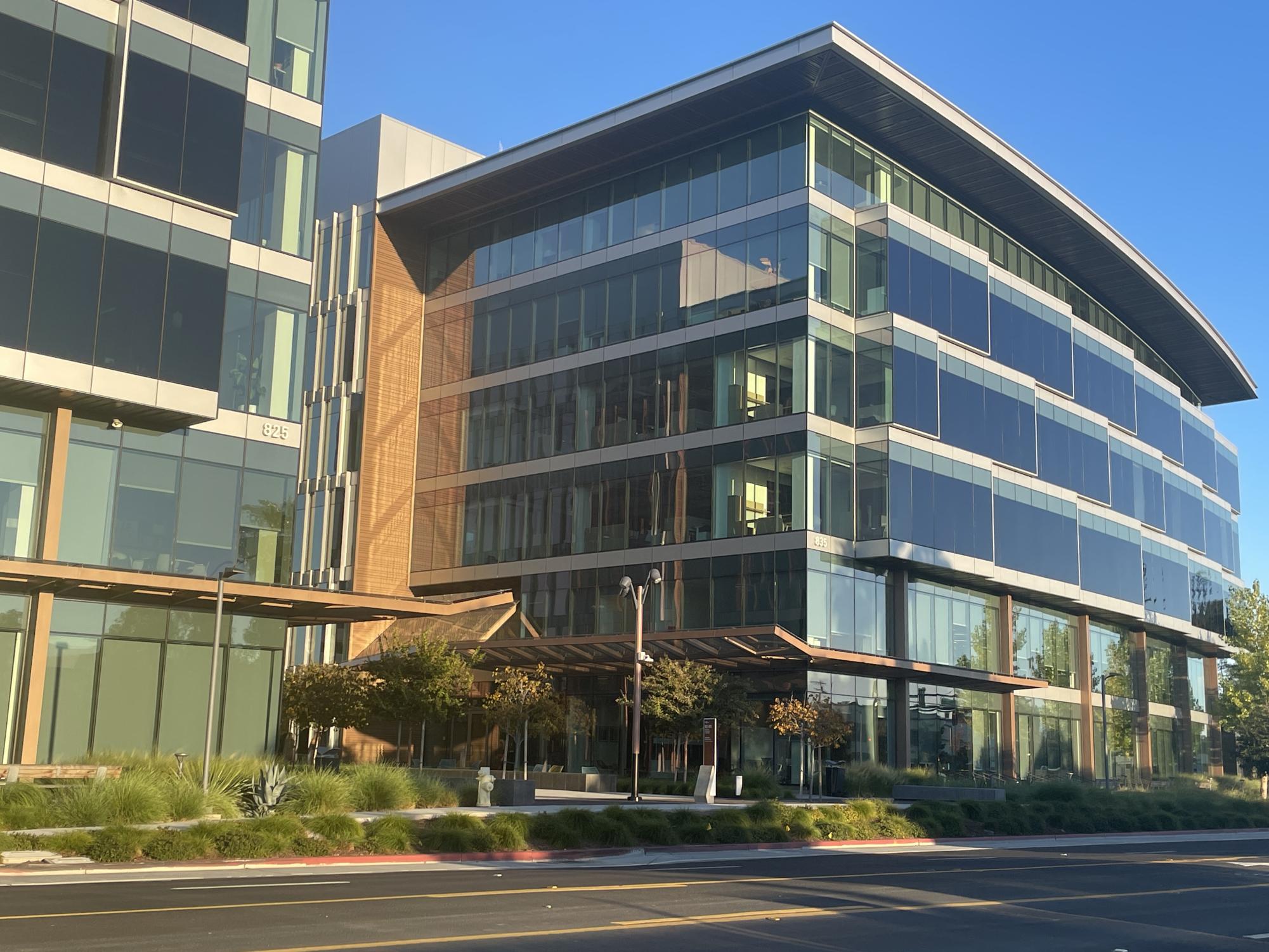Picture a lively symphony as the subtle hum of traffic harmonizes with the vibrant greenery, breathing life around the urban climate and cityscape.
This will be a reality along the east side of San Carlos, with millions of dollars worth of land approved by the San Carlos Planning Commission to develop new futuristic biotech facilities.
The development center will be in the Innovation District, mainly along Industrial Road near U.S. Highway 101. In the foreseeable future, local residents should anticipate a thriving economy and environmentally friendly outdoor spaces from this developing district.
Christian Gonzalez, the Lab/Facility Operations Lead at MBC BioLabs, has worked at multiple MBC BioLabs locations around the Bay Area, including their two San Carlos establishments.
“One of the reasons we went to San Carlos was to make it way more accessible to people who live in the San Francisco Peninsula and don’t want to commute all the way to the city,” Gonzalez said.
According to Alexandria Real Estate Equities, San Carlos is in the center of the “Bay Area’s innovation economy” between San Francisco and San Jose, with reliable accessibility to Caltrain.
As a result, San Carlos’ advantageous position in the Bay Area will benefit the city’s economy, according to the City of San Carlos Economic Development Plan, as more biotech buildings undergo development.
Subsequently, more employees will flood into the area as residents, according to the Redwood Shores Community Association.
“We plan for 3,200 new housing units in our community, mostly along El Camino Real and around downtown San Carlos,” said Al Savay, the Community & Economic Development Director for the City of San Carlos.
According to California’s Employment Development Department (EDD), by 2030, San Mateo County will have a growth total of 228,500 occupations, which is a 19.4% increase.
Moreover, job opportunities in San Carlos have increased due to over 2.5 million square feet of land dedicated to biotech and life science spaces, according to the Economic Development Plan.
“If you add more jobs into town and they’re employed in the city, they’re more likely to buy things in your city,” Savay said. “The local economy also benefits by bringing these people into downtown and our community.”
Jennifer Eng-Wong, a senior group medical director at Genentech, has seen substantial growth in the biotech field in the area while working at Genentech’s headquarters in South San Francisco, California.
In addition, that growth positively impacts biotechnology’s presence in the city. Also, local companies often sponsor events and fund school programs related to biotech and research.
“Genentech does help fund programs like Carlmont High School’s Biotechnology Institute (BTI), and I know many schools ask for biotech community mentors to work with students,” Eng-Wong said.
Likewise, smaller biotech companies also contribute by giving back to the community.
“We’re having a toy drive… and we’re going to extend it to the San Carlos sites as well, where people can donate canned food and toys, and we’re going to donate that to the community,” Gonzalez said.
Furthermore, these giant life biotech buildings will aim to be more eco-friendly by providing a greener space for the district and locals conversing in and out of the area. During the planning stage, the city planning committee also considers the environmental impact of the construction.
Along Industrial Road, the Alexandra Center for Life Sciences campus has over 13 acres of open, green space dedicated for both commercial and recreational use for the public, according to the San Carlos Community Update on Oct. 2021.
The city planning committee will ensure their Guiding Principles include preserving natural resources and sustainability through environmental stewardship, according to the San Carlos 2030 General Plan, especially since these biotech buildings will be beside the Bair Island wetlands.
According to the San Carlos Planning Committee, the East Side Innovation District Vision Plan includes creating an environmentally friendly Industrial Road, revising recycled water infrastructure, and promoting the local business environment.
“From the city’s perspective, we try to put a framework in place so that these developments benefit our community as opposed to detracting from our community,” Savay said.
Nevertheless, this San Carlos district has seen industrialization since the 1940s.
“That area has been industrial in nature for decades since after World War II,” Savay said. “If you drive around out there, you’ll mostly see single-story buildings from the 1940s and the 1950s.”
In the past few years, project developers looking to revitalize the property have approached the owners of those old buildings.
“We have seen in the last five years or so an interest in redevelopment,” Savay said. “Some families who have owned it for decades are being approached by people who want to develop new uses there, such as biotechnology… and life science businesses.”
The City of San Carlos is slowly entering a new era of scientific development related to the biotech industry. In a decade or so, some areas will be completely unrecognizable due to the sheer number of investors and developers planning the massive biotech buildings.
“It’s a dynamic process—we’re constantly thinking and constantly renewing our ideas about it and trying to look out into the future and look at the past to inform the future,” Savay said.
As for the San Carlos residents, biotech in the city means that the developments will foster a dignified community.
“It’s a sense of civic pride when you see new development in your community that looks really good,” Savay said. “Without any development, it would just stay the same.”



